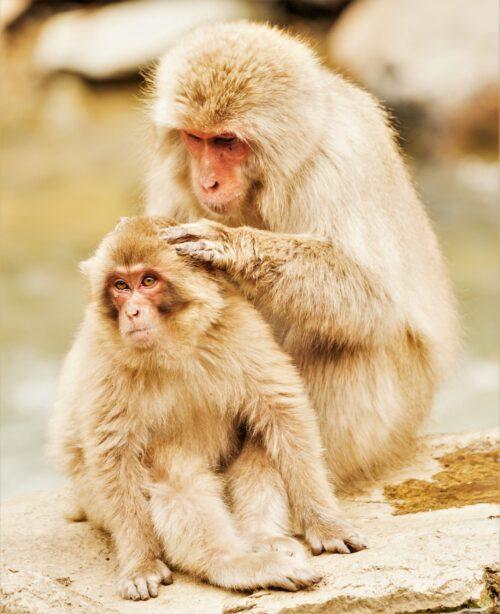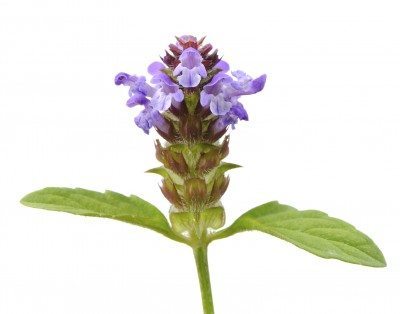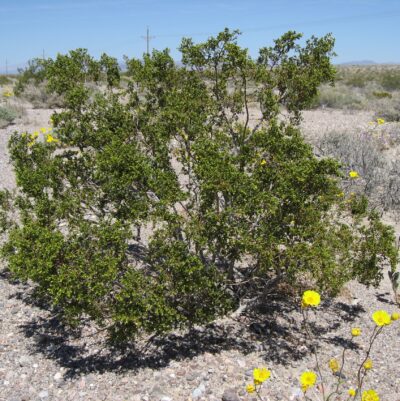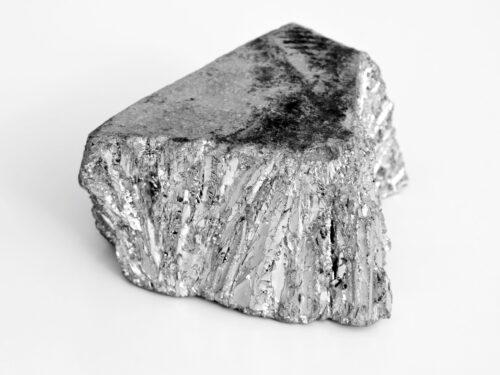
Pick it and Lick it
While attending San Diego State College in the early seventies, my work-study job was in the vivarium, a room for keeping and raising animals for

Self-Heal, Prunella vulgaris, is a flowering member of the mint family long used in herbal medicine and more recently as a flower essence.
It is a perennial herb found throughout Europe, Asia and North America, as well as most temperate climates.

Other common names include:
In ancient healing, its primary use was to heal wounds.
A poultice or salve of the herb was made and applied to cuts, bruises, and rashes of the skin.
In addition to its use in medicine, it is edible. The young leaves and stems can be eaten raw in salads and the whole plant can be simmered and eaten as a potherb.
The aerial parts of the plant can be used fresh or dried and powdered and brewed in a cold infusion to make a beverage.

We chose Self-Heal as the name for our school of herbal studies and healing because we feel that all healing is self-healing.
Given what it needs, the body can perform the miracle of healing all on its own.
Flower essences are liquid extracts used to address issues of mind-body health and emotional well-being.
They are part of an emerging field of subtle energy medicine, which also includes homeopathy, color therapy, acupuncture, therapeutic touch and similar healing modalities.

Self-Heal flower essence enables the ability to tap into health-giving forces for body and spirit and to make lifestyle choices that lead to wellness and wholeness.
It addresses the inability to take inner responsibility for one’s healing when one is lacking in spiritual motivation for wellness, as well as for those who are overly dependent on external advice for health choices.
One affirmation that one can recite when taking the flower essence is, “I accept the self-healing power within me.”
Self-Heal is an excellent choice for beginning a personal wellness program. It enhances other flower essences and therapeutic programs, acting as a catalyst in the journey to mind-body health.
It is recommended for individuals who have a wide variety of psychosomatic ailments, or who continually seek treatment from many different practitioners, but lack an inner confidence in their own ability to become well.
Also beneficial for:
Researchers have examined the chemical compounds that are present in Self-Heal including vitamin C, vitamin K, thiamine, and tannins which may help reduce inflammation and have a drying effect on the tissues.
They have also found that the herb provides antioxidant and antimicrobial properties and has been used for centuries in the treatment of infectious diseases including fevers, hepatitis, acute mastitis (infection of the mammary gland), wound infections, and carbuncles.
The leaves and flowers are a natural remedy for a variety of other health conditions:
Self-Heal may help fight herpes simplex virus 1 (or HSV-1, the virus that causes cold sores) and herpes simplex virus 2 (or HSV-2, the virus that causes genital herpes), according to a study published in Antiviral Research in 2007.
In tests on cells in culture, researchers demonstrated that certain carbohydrates in it may help stop HSV-1 and HSV-2 from penetrating host cells.
There is evidence that Self-Heal may aid in the treatment of diabetes.
In a 2007 study from the Asia Pacific Journal of Clinical Nutrition, treating diabetic mice with it appeared to increase the animals’ insulin sensitivity.
Additionally, a 2012 study from the American Journal of Chinese Medicine found that treating diabetic mice with it helped inhibit the development of atherosclerosis (a common problem for people with diabetes).
Several studies on human cells (including a 2011 report published in the Asian Pacific Journal of Cancer Prevention) indicate that Self-Heal may help induce apoptosis, a type of programmed cell death essential for stopping the proliferation of cancer cells.
Although there is a lack of scientific support for the claim that it can treat or prevent cancer in humans, in China it is currently used as an anti-cancer drug.
It has been used in folk medicine to help treat or prevent the following health problems:

Self-Heal is widely available for purchase online and is sold in many natural-foods stores, drugstores, and stores specializing in dietary supplements.
When shopping for this herb, you are more likely to see it labelled as “All Heal” or “Self Heal.” Careful examination of the label should identify it specifically as Prunella vulgaris.
Most often the herb is sold in capsule form. In some cases, it is specifically sold as a treatment for cold sores or herpes.
A number of natural remedies may offer similar health similar health benefits. For instance, studies show that lysine, lemon balm, reishi, and resveratrol may help treat cold sores.
My son, Matthew Finch, published HOW TO PREVENT COLD SORES: THE ULTIMATE HANDBOOK which many have lauded as just what the title infers.

Self-Heal is a tenacious, ground loving plant available online and at some garden centers. Common habitats include moist black soil prairies, low ground along rivers and lakes, meadows, thickets, forest openings, woodland borders, pastures, and abandoned fields.
Gardeners hold differing opinions about self-heal. Many welcome its cheerful violet flowers while others revile the plant as a pesky weed. Few these days grow it intentionally in the herb garden. This situation is a far cry from the past, when herbalists held self-heal in high esteem, with good reason.
Teaching comprehensive holistic education since 1985.
We are currently offering interactive hybrid courses including Herbal Fundamentals, Energy Healing, Aromatherapy and Clinical Herbology
Hybrid means you may choose to participate in each individual class in the hybrid course online or in person.
All of our products are made with love from organic, all-natural and ethically sourced ingredients.
We began making and perfecting our own herbal remedies more than thirty years ago and offer our favorite products for purchase.
Special: $20 Off $100
Enter coupon code at checkout
Excludes 6-packs and 12-packs This coupon is only valid for products and may not be combined with other specials.

While attending San Diego State College in the early seventies, my work-study job was in the vivarium, a room for keeping and raising animals for

Although I had been vaccinated, I recently tested positive for Covid. One of the herbal remedies I took was an amazing desert evergreen shrub, chaparral

🌱Herbal Allies for the Holly Daze🌱 Starting with Lemon Balm, Melissa officinalis Lemon Balm is my first favorite herb that everyone should have on

A Summer Miracle We usually offer a workshop in the Summer, Summer Herbal Home Spa, in which I demonstrate making a waterproof natural sun block
Sign up for Self-Heal School's newsletter to hear about upcoming classes and other school updates.
Get John’s Ebook “Herb Talk Anthology”
(check the Welcome email for your download link)
3577 Addison Street
San Diego, CA 92106
(619) 224-1268
[email protected]
Copyright 2023 Self-Heal School of Herbal Studies & Healing